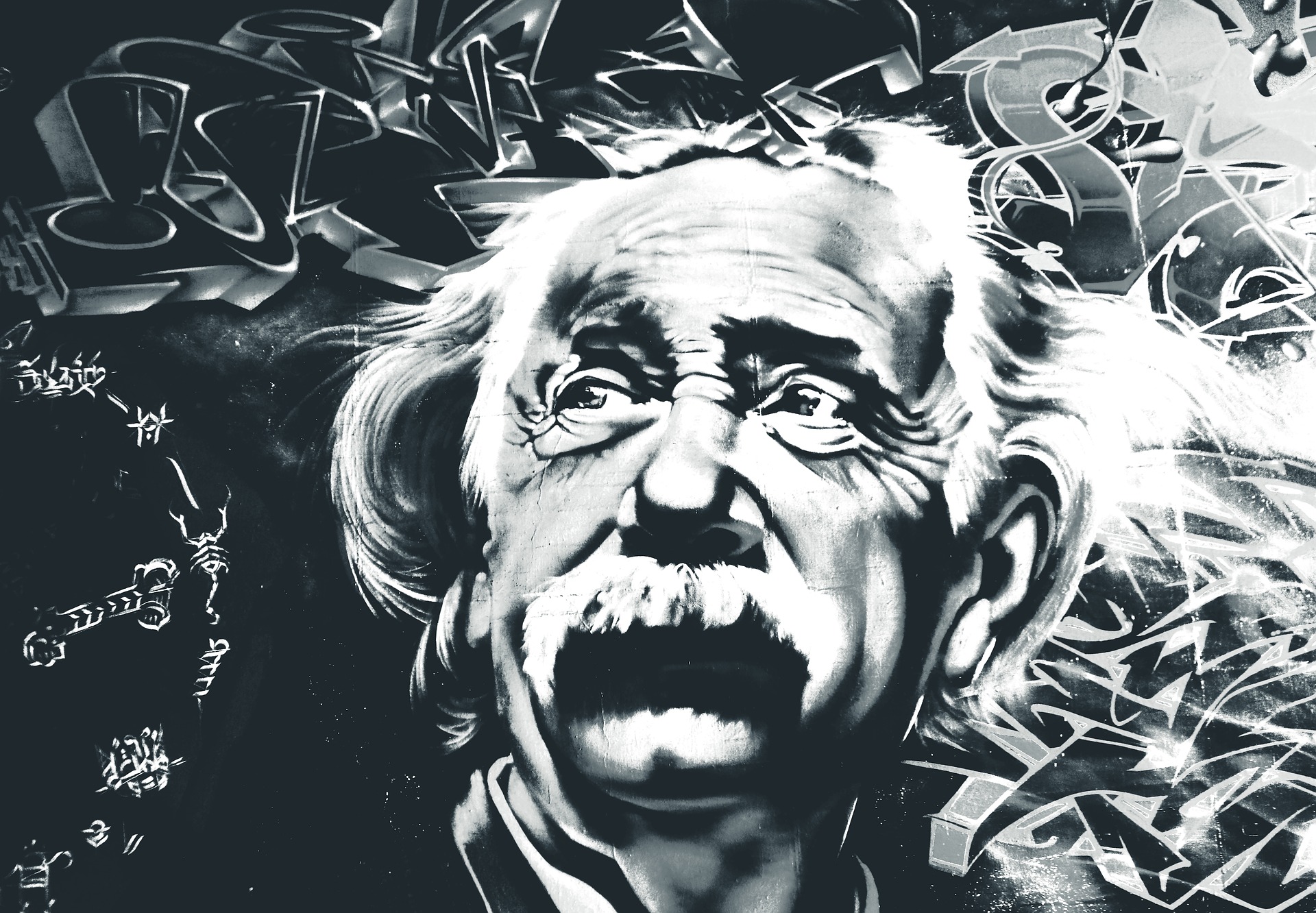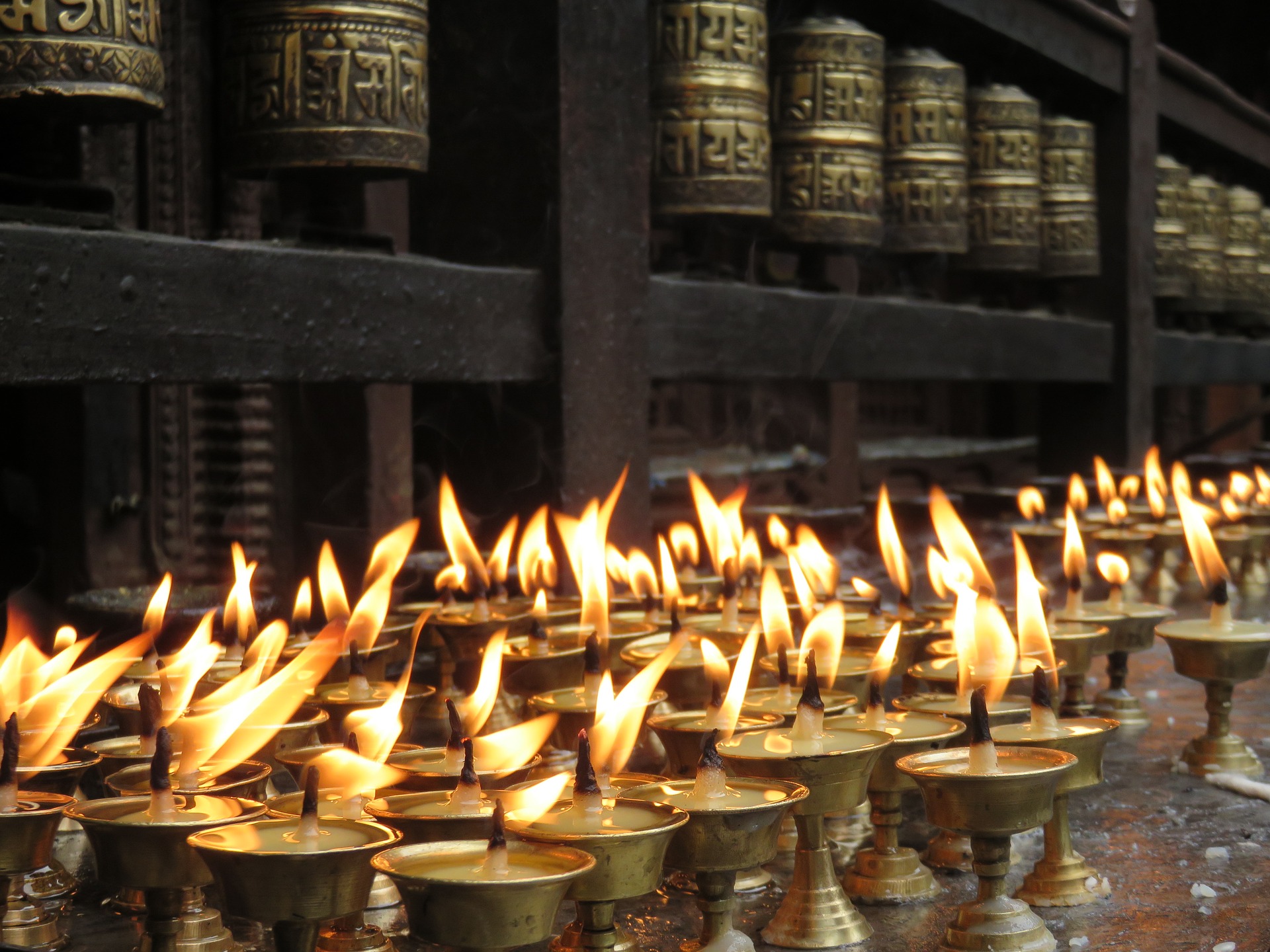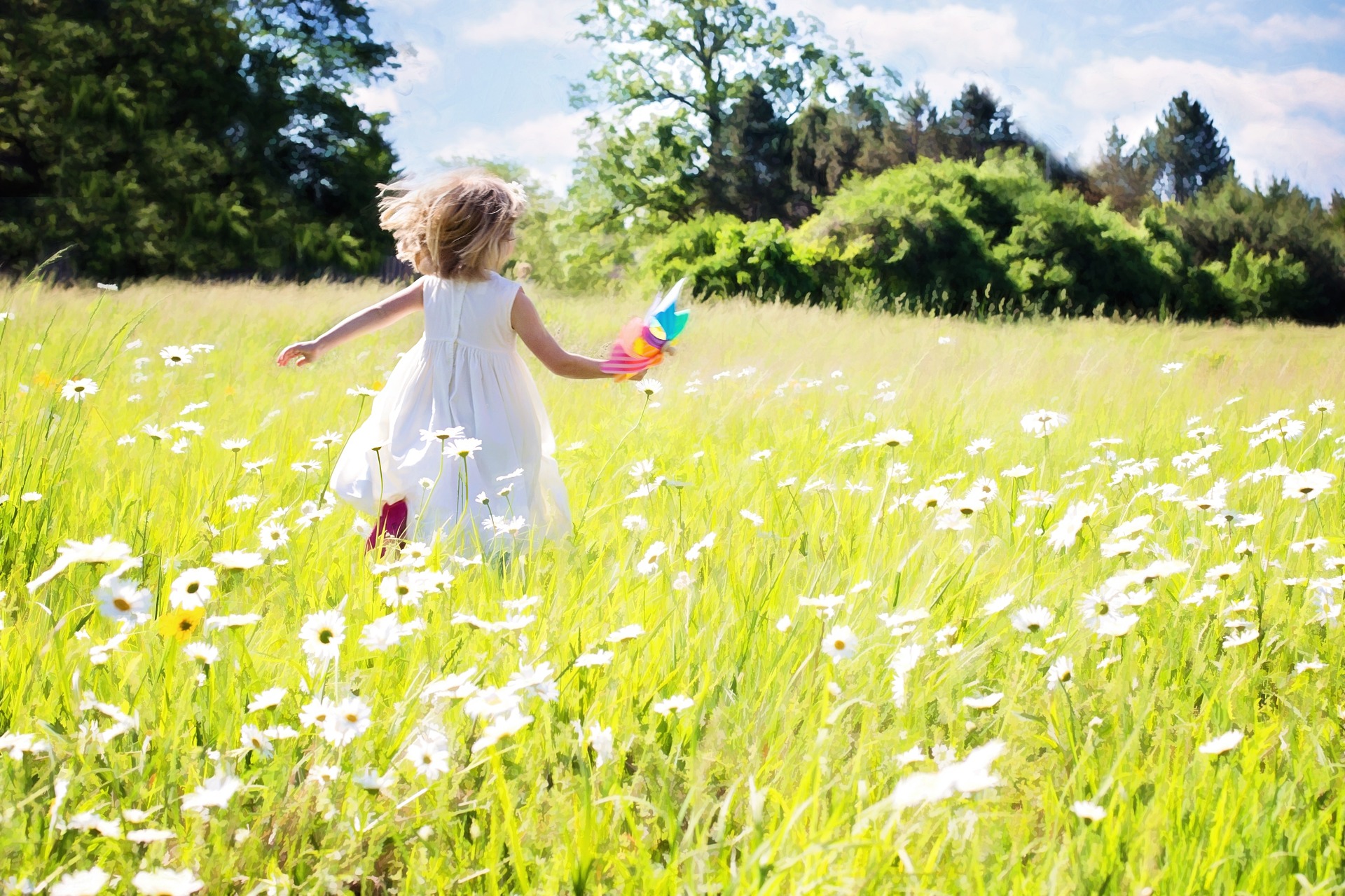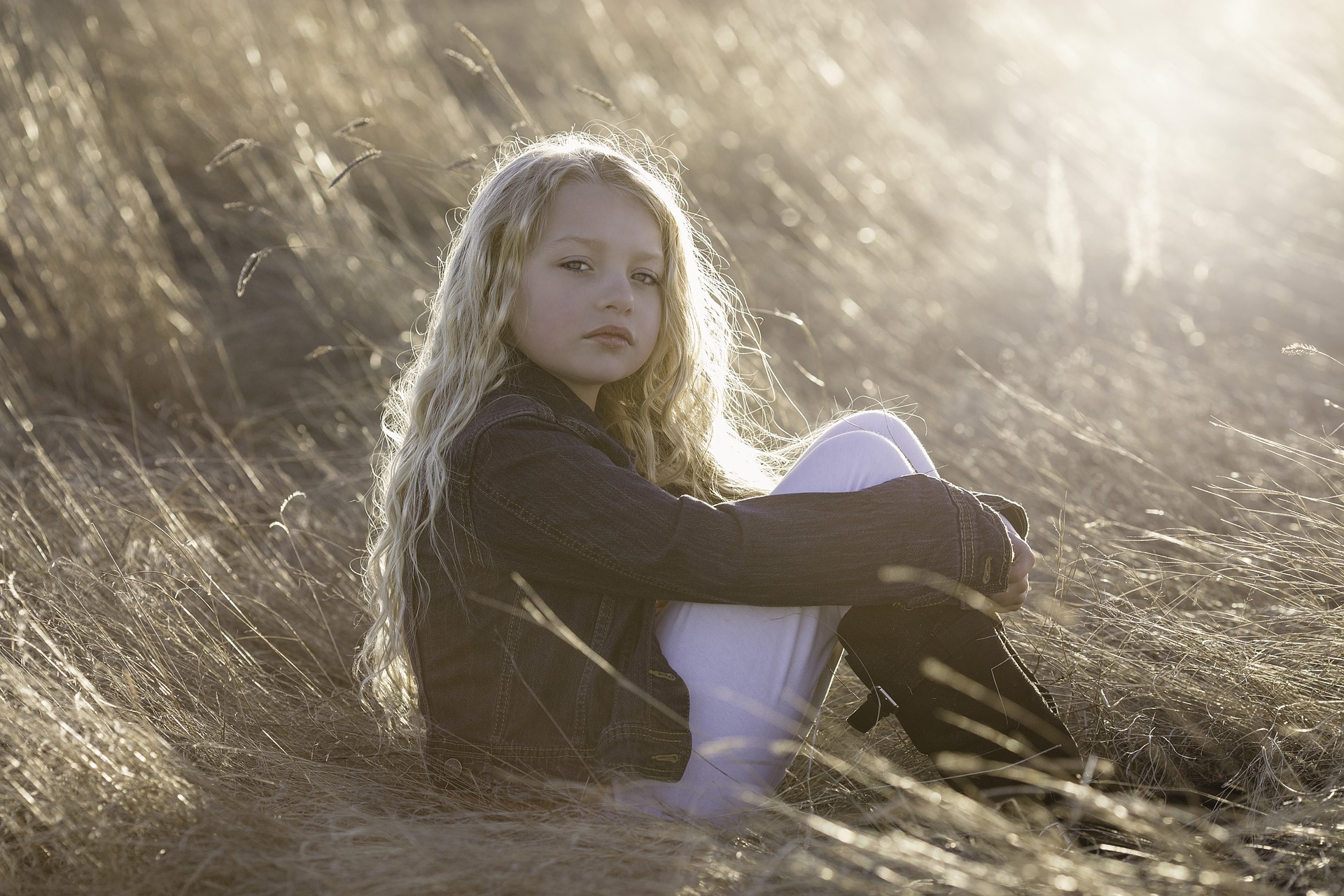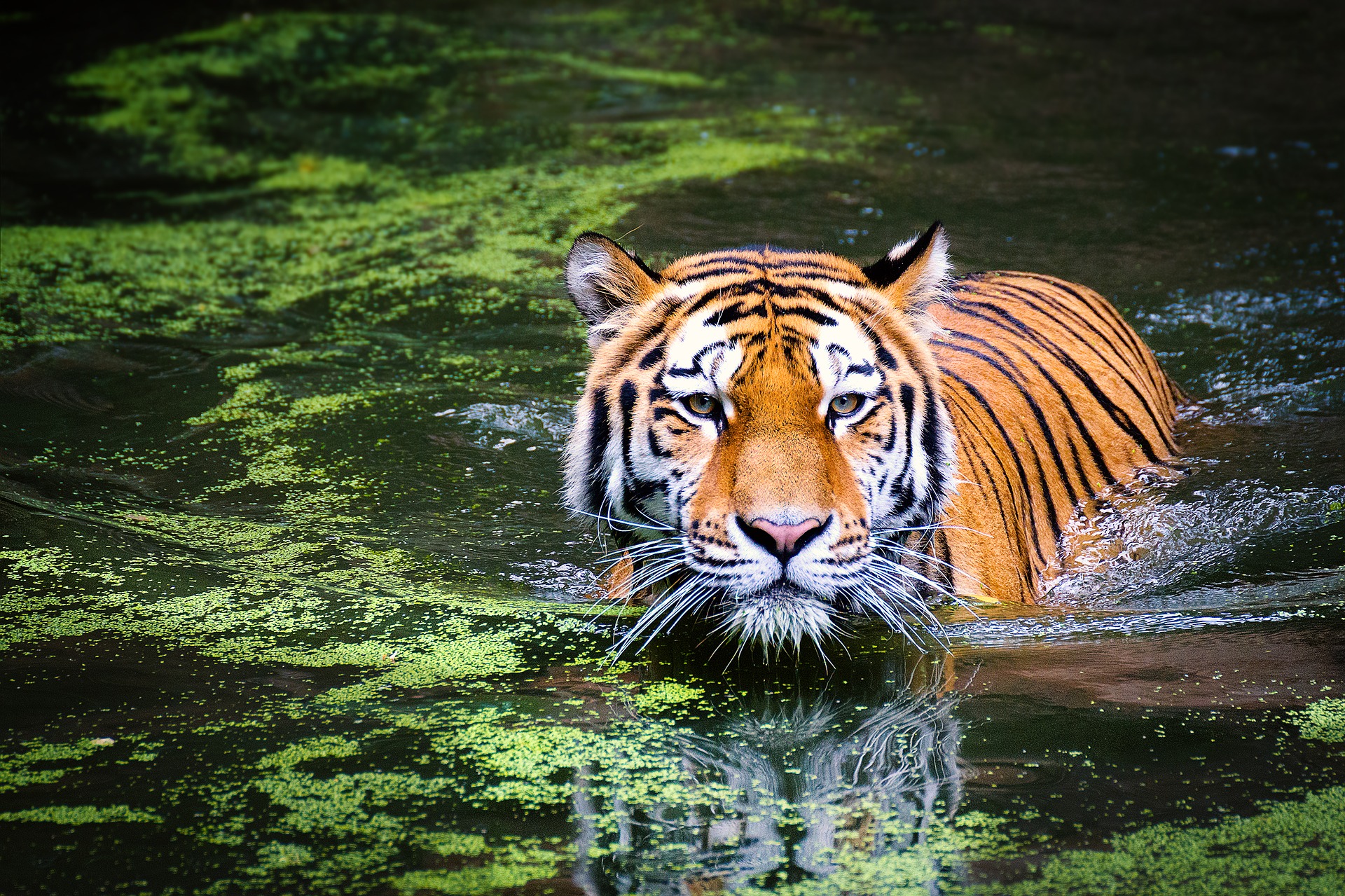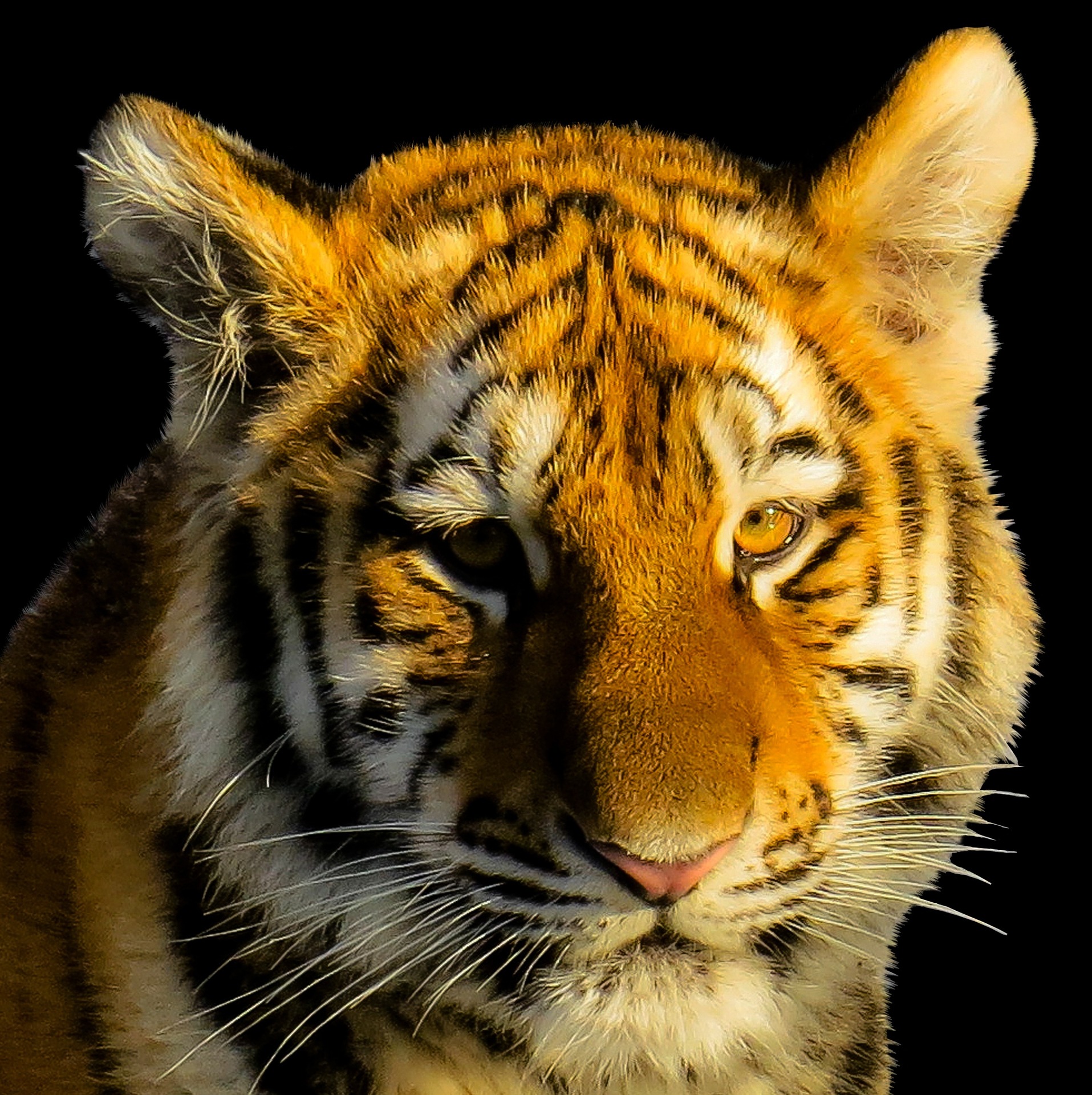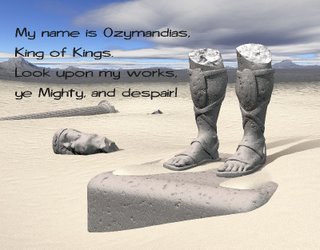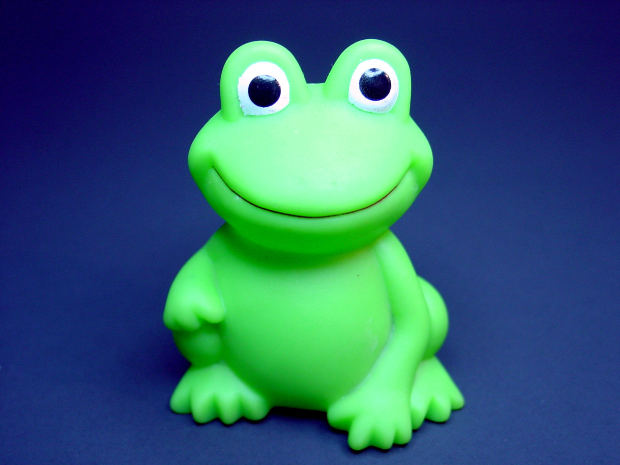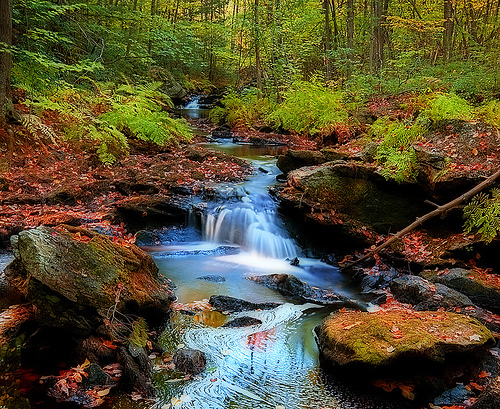The author, Kenneth Anderson, begins the story by narrating how he got his wife her pet sloth bear by accident. Two years ago when they were passing through the sugarcane fields near Mysore, people were shooting and driving away the wild pigs from the fields. When they thought everything was over, a black sloth bear appeared in front of them. The narrator didn’t want to kill it but one of his friends instantly shot the bear. As they observed the fallen bear, they noticed that the black fur on its back moved and left the body. It was the baby bear that had been riding on its mother’s back when she was killed. The narrator went up to capture the baby bear but it went into the sugarcane field. The baby bear made a pitiful noise and attempted to scratch the narrator with its claws when he tried to grab him. Finally, he managed to put the baby bear in a gunny back and bring him to his wife in Bangalore. She was extremely pleased to get the gift and named the baby bear ‘Bruno’ after discovering its gender.
Soon Bruno started drinking milk from a bottle. He ate everything, from porridge, vegetables, fruits, eggs, chocolates, ice-cream, bread, eggs to curry and rice. He drank milk, tea, coffee, beer, alcoholic liquor and what not! Eventually, the bear became close to the children of the tenants living in their bungalow and to the two Alsatian dogs that the narrator had. The baby bear was never chained and left quite free when he was young. But one day, Bruno accidentally ate some of the barium carbonate (poison) that the narrator had put down to kill rats and mice. He was paralyzed to such an extent that he was unable to stand on his feet.
The narrator took him to the vet’s residence for help. The vet took out his medical books for proper treatment. In the meantime, Bruno was still floundering about on his stumps, vomiting and breathing heavily. The vet injected 10 c.c of the antidote twice within a gap of 10 minutes on noticing that the first injection didn’t alter Bruno’s condition for better. Now Bruno could move his arms and legs but he couldn’t stand yet. After thirty minutes, Bruno could finally stand up and stare disdainfully at others as if to say, “What’s barium carbonate to a big black bear like me?” Again, another time he drank about one gallon of old engine oil but, thankfully, it had no ill effects.
As the months passed by, Bruno grew bigger. He had even outgrown the Alsatians in height but he was still playful and mischievous. He loves the narrator’s wife and she, too, loved him a lot. She lovingly changed his name from ‘Bruno’ to ‘Baba’, which is a Hindustani word meaning ‘a small boy’. Baba could follow instructions and commands carefully. At the command, “Baba wrestle”, or, “Baba, box”, he could tackle anyone who came forward. On the command, “Baba, hold a gun, he used to point to the stick given to him like he was holding a gun.
On asking, “Baba, where’s baby?”, he used to cradle. Unfortunately, Baba had to be chained most of the time because of the tenants’ children. The narrator’s wife was advised by the narrator, her son and friends to give Baba to the zoo at Mysore as he was growing bigger every day. After some weeks, she finally agreed and before she could change her mind, a letter was written to the curator of the zoo. The zoo sent a cage from Mysore to take Baba to the zoo.
After Baba was sent to the zoo, everyone missed him very much but somehow, a part of them felt relieved. But the narrator’s wife was heartbroken. She was so depressed that she couldn’t eat and she sent a number of letters to the zoo enquiring about Baba’s condition. But all she got to know was that Baba was very unhappy and that he refused to eat as well. She begged friends visiting Mysore to visit the zoo and see how Baba was doing. They checked on Baba and reported that he was doing well but he looked very thin and upset. For three months the narrator could manage to keep his wife from visiting the zoo but, finally, one day she said that if he wouldn’t take him to the zoo then she would go on her own. So, the narrator decided to take her to the zoo to see Baba.
Everyone thought that after months of separation, Baba wouldn’t recognize her. But while she was some yards away from the cage, Baba saw her and howled with happiness. She went to him and petted him through the bars and refused to leave the cage for the next three hours. She fed him tea, lemonade, cakes, ice cream and more. When the ‘closing time’ came, she and Baba cried bitterly. Even the curator and the jeepers felt bad on witnessing the sight. The narrator had, however, prepared himself to deal with the consequence of the action.
His wife couldn’t control her emotions and pleaded if she could have Baba back. The curator said that he couldn’t give Baba back to her because he belonged to the Government now but if his superintendent at Bangalore agrees then only she could have Baba back. So, she approached the superintendent and told him that she and Baba fretted for each other and that she wished to have him back.
The superintendent was a kind-hearted person and agreed to give Baba back to her and also wrote a letter to the curator asking him to lend them a cage for transporting Baba from Mysore to Bangalore. As soon as Baba was back home, a group of coolies were hired to build an island for Baba. It was twenty feet long and fifteen feet wide and was surrounded by a dry pit, or moat, six feet wide and seven feet deep. A wooden box was put on the island for Baba to sleep in at night and it was stuffed with straw to keep him warm. The stump and the bamboo stick were given to him to play with.
After a few weeks, the coolies hoisted the cage on to the island and Baba was finally free. Baba was fifteen months old and was pretty heavy. Still, the narrator’s wife spent hours sitting on a chair with Baba on her lap. The narrator had tied a rope to the overhanging branch of a mango tree with a loop at its end to connect it to the island. Putting one foot in the loop, the narrator’s wife kicks off with the other to bridge the six-foot gap. She comes back the same way. The sloth bear’s sense of affection and the bond of love shared by him and the narrator’s wife is a lesson on the memory, individual characteristics and emotions of an animal.
Some online learning platforms provide certifications, while others are designed to simply grow your skills in your personal and professional life. Including Masterclass and Coursera, here are our recommendations for the best online learning platforms you can sign up for today.
The 7 Best Online Learning Platforms of 2022
- Best Overall: Coursera
- Best for Niche Topics: Udemy
- Best for Creative Fields: Skillshare
- Best for Celebrity Lessons: MasterClass
- Best for STEM: EdX
- Best for Career Building: Udacity
- Best for Data Learning: Pluralsight
